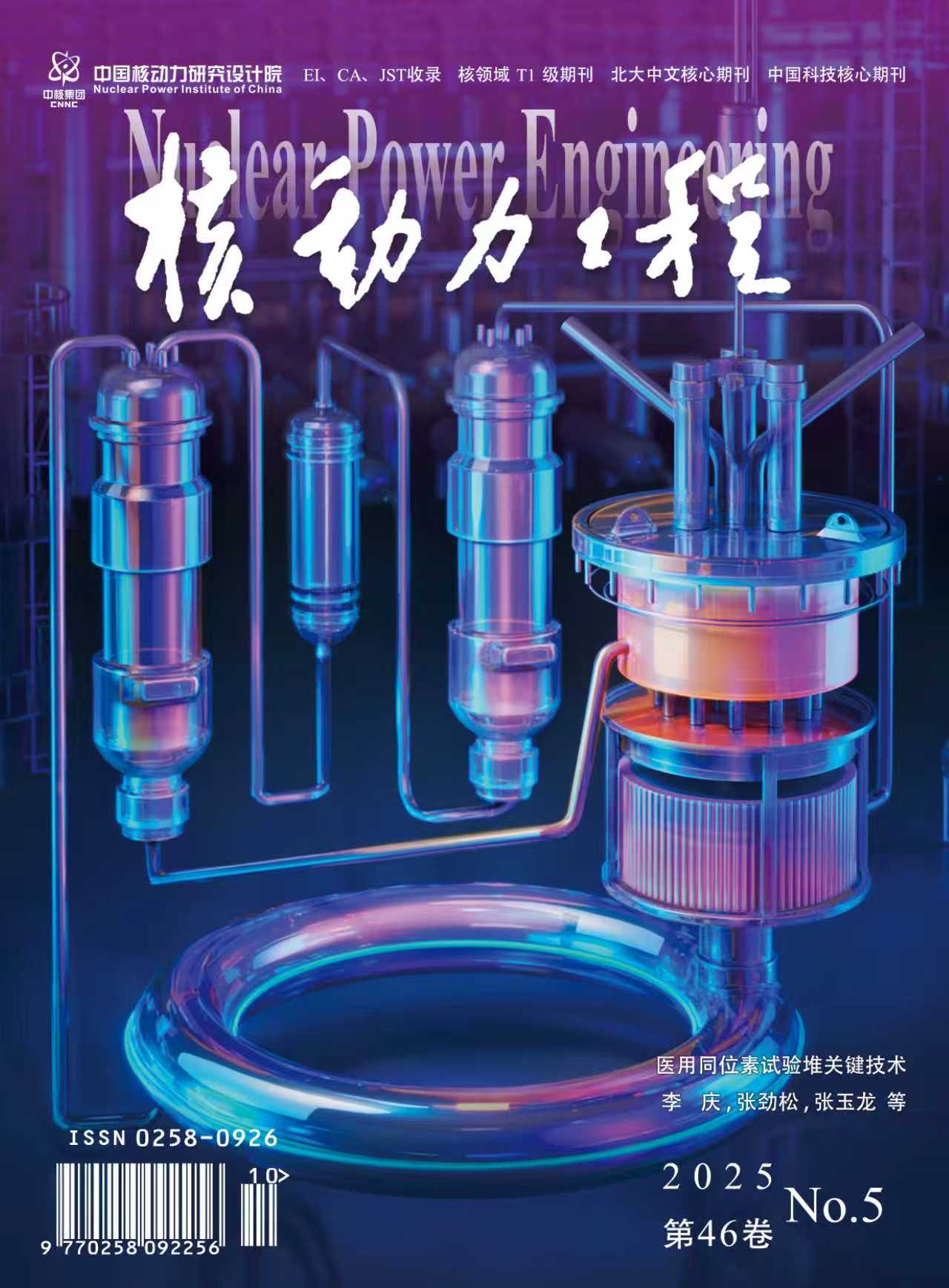2009 Vol. 30, No. S1
Display Method:
2009, 30(S1): 1-5.
Abstract:
2009, 30(S1): 6-8,13.
Abstract:
2009, 30(S1): 9-13.
Abstract:
2009, 30(S1): 14-17.
Abstract:
2009, 30(S1): 18-22,38.
Abstract:
2009, 30(S1): 23-27.
Abstract:
2009, 30(S1): 28-33.
Abstract:
2009, 30(S1): 34-38.
Abstract:
2009, 30(S1): 39-43.
Abstract:
2009, 30(S1): 44-47.
Abstract:
2009, 30(S1): 48-51,64.
Abstract:
2009, 30(S1): 52-55.
Abstract:
2009, 30(S1): 56-59,64.
Abstract:
2009, 30(S1): 60-64.
Abstract:
2009, 30(S1): 65-69.
Abstract:
2009, 30(S1): 70-71.
Abstract:
2009, 30(S1): 72-76.
Abstract:
2009, 30(S1): 77-81.
Abstract:
2009, 30(S1): 82-85.
Abstract:



